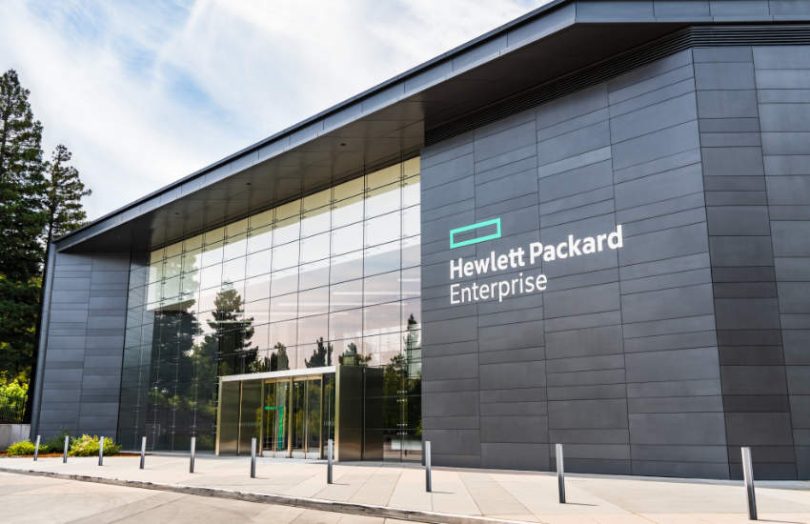This week Hewlett Packard Enterprise formally launched its HPE Swarm Learning solution, an AI offering that uses blockchain.
Typically machine learning runs on datasets stored in a central location. In recent years the concept of federated learning lets machine learning models run on decentralized datasets. But Swarm Learning takes that a step further by decentralizing the aggregation as well.
A wide range of applications could benefit from this sort of solution. Healthcare is one of the biggest use cases for machine learning. This might allow cancer research centers from around the world to allow their datasets to be used by each other to glean insights without letting go of the data itself.
“Swarm learning is a new, powerful approach to AI that has already made progress in addressing global challenges such as advancing patient healthcare and improving anomaly detection that aid efforts in fraud detection and predictive maintenance,” said Justin Hotard, EVP and general manager, HPC & AI, at HP.
How federated learning works
Before looking at Swarm Learning, it’s worth exploring how federated learning works. In a consumer environment, federated learning could mean the model learns from data on a mobile phone. Instead of sending the data to a central server, the program runs on the local data and only sends insights back to the central server. Hence because the data doesn’t leave the user’s phone, it’s seen as privacy-preserving, although occasionally there is data leakage.
Swarm Learning versus federated learning
The key difference between Swarm Learning and federated learning is there’s no centralized controller in a Swarm. That’s where blockchain comes in.
Swarm is designed to work in an enterprise rather than consumer environment. Instead of having a single central server coordinating the learning, each node in the network is responsible for the local learning. At specific time intervals, one of the nodes is randomly nominated as the leader and aggregates the learnings from each edge node. For example, it might create averages which are then shared with each node. Doing away with a central server also adds resiliency.
Additionally, the blockchain network ensures that only legitimate nodes can participate in the learning network. Plus it adds an economic model. Smart contracts are used to monitor each node’s data usage, which allows participants to be compensated based on the quantity of data made available for machine learning.
Currently, Swarm Leaning uses a permissioned version of Ethereum.
In other AI-related news, last year saw the launch of the blockchain-powered Nokia Data Marketplace, which enables data to be sold for AI and machine learning. That was based on Hyperledger Fabric, and it later partnered with Equideum Health to launch a version for health data based on Ethereum.







